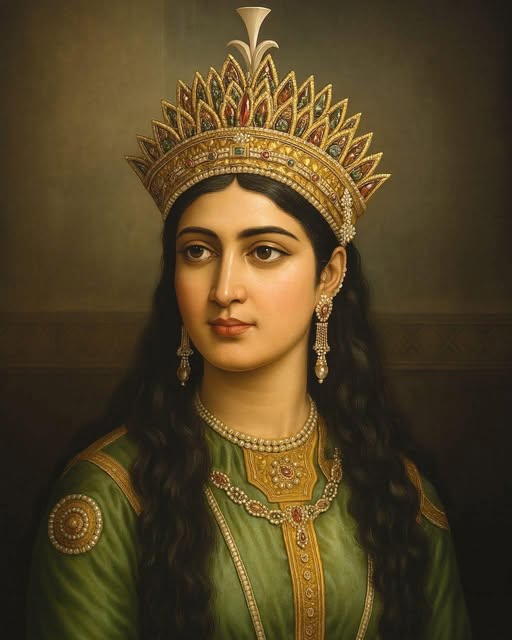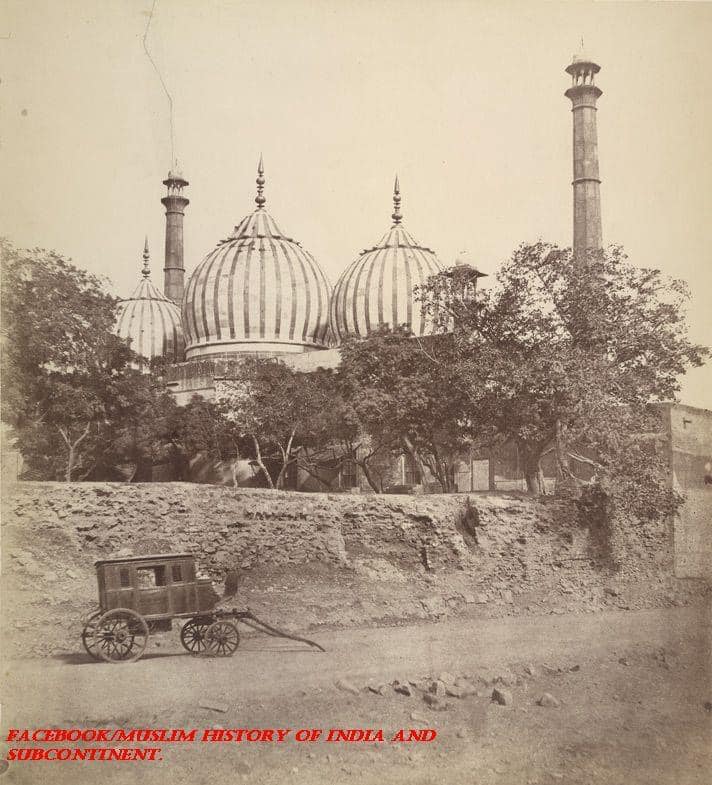Nur Jahan was a remarkable woman who defied the norms of her time and left a lasting legacy on the history of Indian subcontinent. She is an inspiration for many women today who aspire to leadership and excellence.
Nur Jahan was well-educated and learned Persian, Arabic, art, literature, music etc. At the age of 17, she married Sher Afgan Khan, a soldier in the Mughal army. But her life changed dramatically after her husband’s death.
She was taken to the Mughal court as a widow and became a lady-in-waiting to the empress. There, she caught the eye of Emperor Jahangir, who was captivated by her beauty and intelligence. He married her in 1611 and gave her the title of Nur Jahan, meaning “Light of the World”.
Nur Jahan became the most influential and powerful empress in the history of the Mughal Empire. She was the only Mughal empress to have coinage struck in her name and to issue imperial orders. She sat beside Jahangir in his court and advised him on state affairs. She also had her own court where she met with generals, politicians and officials.
She was a patron of arts and architecture and commissioned many famous buildings and gardens. She was also a brave and skilled hunter who killed tigers with her musket. She supported trade and commerce and encouraged the production of textiles, carpets, jewellery and perfumes.
She faced many challenges and enemies during her reign, especially from her stepson Prince Khurram, who later became Emperor Shah Jahan. After Jahangir’s death in 1627, Nur Jahan’s power declined. She retired from politics and lived in Lahore with her daughter. She died in 1645 at the age of 68 and was buried in a tomb that she had built for herself.
Source: Indian History





